DOI:
https://doi.org/10.14483/22484728.7860Publicado:
2014-06-03Número:
Vol. 8 Núm. 1 (2014)Sección:
Visión InvestigadoraOn the analysis of La0.7Ca0.3MnO3 samples using A-C susceptibility
Palabras clave:
Spintronics, magnetoresistance, EPR measurements, susceptibility. (es).Descargas
Referencias
R . von Helmolt, J. Wecker, B. Holzapfel, L. Schultz, K. Samwer, Phys. Rev. Lett. 71 (1993) 2331.
B ednorz J G, Müller K A Z. Phys. B: Cond. Mat. 64 189 (1986).
Chahara, K., Ohno, T., Kasai, M. & Kozono Magnetoresistance in magnetic manganese o Appl. Phys. Lett. 63 1990(1993).
Von Helmolt, R., Wecker, J., Holzapfel, B., Schultz, L. & Samwer, K. Giant negative Phys. Rev. Lett. 71,
(1993).
Jin, TH Tiefel, M. McCormack, RA Fastnacht,R. Ramesh, and LH Chen. Science 264, 413 (1994).
GC Xiaong, Q. Li, HL Ju, SN Mao, L. Senapati. Appl. Phys. Lett. 66, 1427 (1995).
E . Kneller, Ferromagnetismus, Springer, Heidenberg, 1962
J. Smit, H.P.J. Wijn, Ferrite , N.V. philps’ Gloeilampenfabrieken, Eindhoven, 1962
V. Skumryev, J. Nogué s, J.S. Muñoz, B. Martínez, R. Senis, J. Fontcuberta, L.Pinsard, A. Revcolevschi, Y.M. Mukovskii, Phys. Rev. B 62 (2000) 3879.
V. Markovich, I. Fita, R. Puzniak, M.I. Tsindlekht, A. Wisniewski, G. Gorodetsky, Phys. Rev. B 66 (2002) 094409.
V. Markovich, I. Fita, R. Puzniak, A. Wisniewski,
K. Suzuki,J.W. Cochrane, Ya. Yuzhelevskii, Y.M. Mukovskii, G. Gorodetsky, Phys. Rev. B 71 (2005) 224409.
Ph. Vanderbemden, B. Vertruyen, A. Rulmont, R. Cloots, G.Dhalenne, M. Ausloos, Phys. Rev. B 68 (2003) 224418.
K.P.S. Anil, J.P. Alias, S.K. Date, J. Mater. Chem. 8 (1998) 1219.
S. B. Oseroff et al. Phys. Rev. B. 53, 6521. (1996).
C. Rettori. et al. Phys. Rev. B. 55, 3083.(1997).
D.Niebieskikwiat, R. D. Sánchez, A. Caneiro, L. Morales, M. Vásquez-Mansilla, R. Rivadulla and L. E. Hueso. Phys. Rev. B. 62 (5) 3340-3345. (2000).
Cómo citar
APA
ACM
ACS
ABNT
Chicago
Harvard
IEEE
MLA
Turabian
Vancouver
Descargar cita
ON THE ANALYSIS OF LA0.7CA0.3MNO3 SAMPLES USING A-C SUSCEPTIBILITY
submitted date: June 2013
received date: August 2013
accepted date: October 2013
Javier A. Olarte T.
B.Sc. In Physics, Tbilisi State University ( Georgia); MSc. In Physics, Universidad Nacional de Colombia (Colombia). PhD. In Physics, Universidad Nacional de Colombia (Colombia). Current position: professor Francisco José de Caldas District University, Bogotá (Colombia). E-mail: jaolarte@udistrital.edu.co
M.C. Cifuentes
B.Sc. In Physics, Tbilisi State University ( Georgia); MSc. In Physics, Universidad Nacional de Colombia (Colombia). Current position: Professor Universidad Pedagógica Nacional, Bogotá (Colombia).E-mail: mcifuentes@pedagogica.edu.co
Abstract
La0.7Ca0.3MnO3 bulk samples were prepared using solid state reaction methods. The samples were characterized through A.C-Susceptibility and Electron spin resonance (EPR) measurements. C-Susceptibility shows a somewhat pronounced single-peak structure in both the real and imaginary part of the susceptibility. Both susceptibility components become mostly frequency independent. The position of the maximum value, however, is slightly shifted by frequency within the experimental resolution. On the other hand, a change from an asymmetrical regime, below Curie temperature (Tc), to a more symmetrical regime above Tc was observed in EPR measurements.
Key words
Spintronics, magnetoresistance, EPR measurements, susceptibility.
1. Introduction
Doped Manganites are an interesting class of compounds, such as Re1_xAxMnO3 (Re and A are rare earth ions and alkaline ions, respectively) and show both metal-insulator and ferromagnetic to paramagnetic transitions at the same temperature. In 1993 von Helmolt et al. [1] observed magnetoresistance MR of 150% in La2/3Ba1/3MnO3 at room temperature and experimented applying a magnetic field of H=50 kOe. In 1994 and 1995 a magnetoresistance (Ro - RH / RH ) = 105 % a 77K y H=5T was observed [2-6]. This effect has encouraged intense research activity in recent years, because of its derived potential applications, such as magnetic sensors and memories (RAMS)
Electron paramagnetic resonance (EPR) is a powerful technique to study of manganites, since it offers information about electronphonon interactions, static and dynamic magnetic correlations at microscopic level, and also because the temperature dependence of the EPR line-width includes some information about conduction electrons including the EPR intensity, which is normally proportional to the static susceptibility. However, only a few studies have been performed on La2/3Ca1/3MnO3 (LCMO).
It is known that susceptibility measurements provide important information about magnetic domain processes [7-8]. Additionally, susceptibility has been used to study magnetic inhomogeneities due to phase separation in manganite single crystals [9-12] and the influences of preparation conditions on the magnetic properties in manganite ceramics [13]. However, this technique is not used, probably due to the limited sensitivity of AC- susceptometers.
In this paper, we present a careful analysis of electron spin resonance (EPR) and ACsuceptibilty of La2/3Ca1/3MnO3 manganites type. The samples are prepared under various conditions like changing temperature values and annealing times.
2. Experiment
Samples of La2/3Ca1/3MnO3 using a solid state reaction technique were synthesized using highly pure powder chemicals. The raw materials were well mixed and heated at 800 ºC in air for 16 h. Annealing treatments were carried out at different temperatures 800 ºC, 850 ºC and 900ºC and different annealing times 16 and 32 h.
Powder x-ray diffractions were recorded with a Rigaku diffractometer at room temperature using Cu Kα radiation. Lattice constants were determined with the PCW program. The resonance measurements were performed in the X-band at a fixed frequency (9.5 GHz) using a Bruker spectrometer, Bruker ESP-300 from 200K to 300K. The susceptibility was recorded with a Lake Shore 7000 spectrometer at 80 to 300 K, measuring both real and imaginary susceptibility.
3. Results and discussion
Our XRD study indicated that the samples that have a lattice parameter on the basis of a cubic cell was a= 3.8598(4) Å at 800ºC and decreased down to 3.8456(4) Å at 900 ºC. The x-ray diffraction patterns (Figure 1) show the characteristic diffraction peaks of the cubic phase La2/3Ca1/3MnO3. It is worth mentioning that the intensity of the (h, k, 0) peaks increased as a function of the annealing temperature, which suggests a rising of the samples texture.
The EPR line shape was Lorentzian and was obtained by mixing fine powders of the sample with quarz powder. Figure 2 shows typical EPR spectra as a function of temperature in the range 200 ≤T ≤ 300 K. The shift of the center of the magnetic field and the narrowing of the line with increasing temperature can be observed. Additionally, the spectra for T≤260 K are wide and asymmetric; the line shape goes to be narrower and more symmetric atT> 260K. A constant giromagnetic factor g= 2.000 was determined from the spectra at T > 260K which has been associated to paramagnetic Mn3+ - Mn4+ ions or Mn4+ ions only. [14,15]
The experimental peak-to-peak linewidth (ΔH) and the intensity line (I), (Fig. 3 a, b and Figure 4 a, b) respectively decrease with the temperature. A similar behavior of ΔH vs Temperature has been associated with relaxation mechanisms related to spin-spin interactions. Besides, the decrease in the EPR line intensity (I) (I(T)) determined from the product ΔH T)2 x hpp (T) [16] could be mainly attributed to a reduction in the number of localized spins.
Typical plots of ℵ' and ℵ’’ versus temperature for different frequencies are show in figure 5. Both susceptibility components become practically frequency independent. The position of the maximum value, however, is slightly shifted by the frequency within experimental resolution.
This indicates that values of susceptibility for manganites of doped calcium have no influence values of the frequencies in the real part. On the other hand, imaginary susceptibility of La0.7Ca0.3MnO3 samples shows influence of frequencies.
4. Conclusions
- A shift of the center of the magnetic field and a narrowing of the line width with increasing temperature was observed.
- The EPR spectra changes from and asymmetric shape at T≤ 260 K to a narrower and more symmetric line at T> 260K.
- The experimental peak-to-peak line width (ΔH) and the intensity line (I) decrease by increasing temperature up to T < 260K and remained approximately constant at higher temperatures. The line width behavior above 260K has been associated to a relaxation mechanism due to spin-spin interactions, and the intensity line can be ascribed to a reduction in the number of localized spins.
References
[1] R . von Helmolt, J. Wecker, B. Holzapfel, L. Schultz, K. Samwer, Phys. Rev. Lett. 71 (1993) 2331.
[2] B ednorz J G, Müller K A Z. Phys. B: Cond. Mat. 64 189 (1986).
[3] Chahara, K., Ohno, T., Kasai, M. & Kozono Magnetoresistance in magnetic manganese o Appl. Phys. Lett. 63 1990(1993).
[4] Von Helmolt, R., Wecker, J., Holzapfel, B., Schultz, L. & Samwer, K. Giant negative Phys. Rev. Lett. 71, 2331(1993).
[5] Jin, TH Tiefel, M. McCormack, RA Fastnacht,R. Ramesh, and LH Chen. Science 264, 413 (1994).
[6] GC Xiaong, Q. Li, HL Ju, SN Mao, L. Senapati. Appl. Phys. Lett. 66, 1427 (1995).
[7] E . Kneller, Ferromagnetismus, Springer, Heidenberg, 1962
[8] J. Smit, H.P.J. Wijn, Ferrite , N.V. philps’ Gloeilampenfabrieken, Eindhoven, 1962
[9] V. Skumryev, J. Nogué s, J.S. Muñoz, B. Martínez, R. Senis, J. Fontcuberta, L. Pinsard, A. Revcolevschi, Y.M. Mukovskii, Phys. Rev. B 62 (2000) 3879.
[10] V. Markovich, I. Fita, R. Puzniak, M.I. Tsindlekht, A. Wisniewski, G. Gorodetsky, Phys. Rev. B 66 (2002) 094409.
[11] V. Markovich, I. Fita, R. Puzniak, A. Wisniewski, K. Suzuki,J.W. Cochrane, Ya. Yuzhelevskii, Y.M. Mukovskii, G. Gorodetsky, Phys. Rev. B 71 (2005) 224409.
[12] Ph. Vanderbemden, B. Vertruyen, A. Rulmont, R. Cloots, G.Dhalenne, M. Ausloos, Phys. Rev. B 68 (2003) 224418.
[13] K.P.S. Anil, J.P. Alias, S.K. Date, J. Mater. Chem. 8 (1998) 1219.
[14] S. B. Oseroff et al. Phys. Rev. B. 53, 6521. (1996).
[15] C. Rettori. et al. Phys. Rev. B. 55, 3083. (1997).
[16] D.Niebieskikwiat, R. D. Sánchez, A. Caneiro, L. Morales, M. Vásquez-Mansilla, R. Rivadulla and L. E. Hueso. Phys. Rev. B. 62 (5) 3340-3345. (2000).

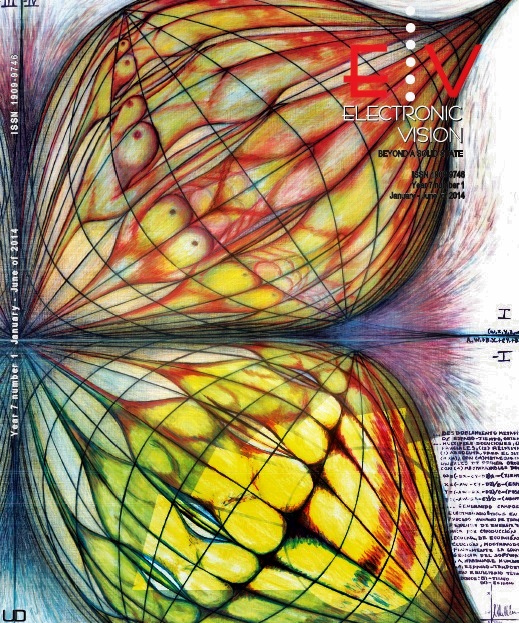
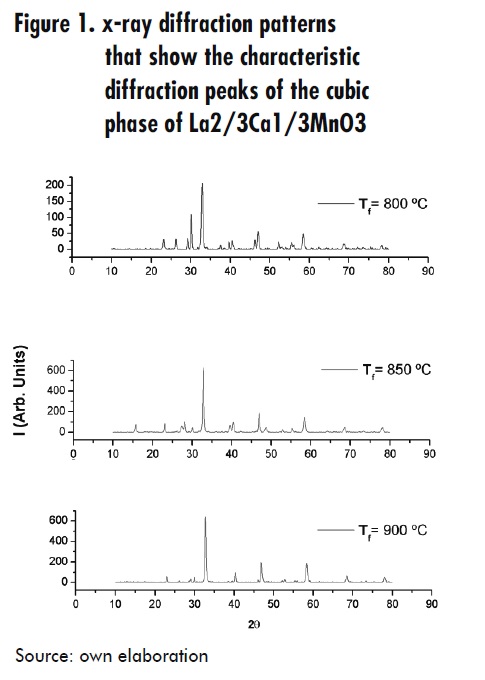
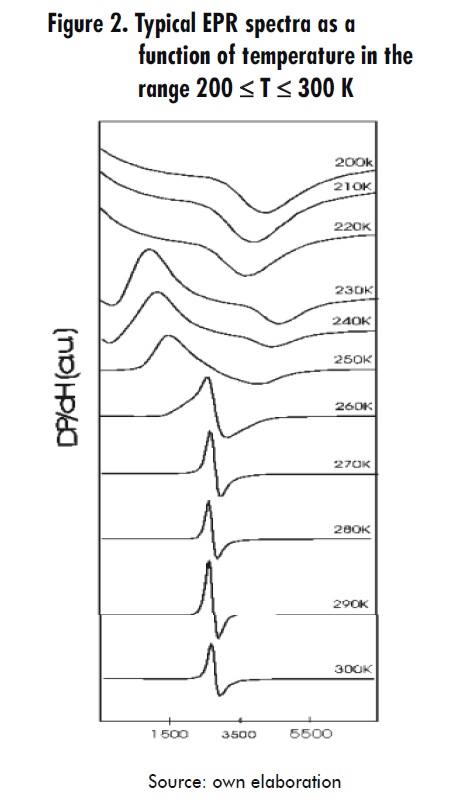
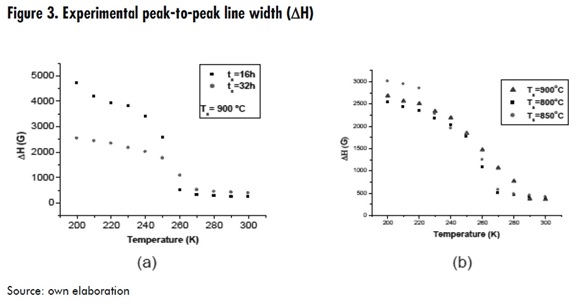
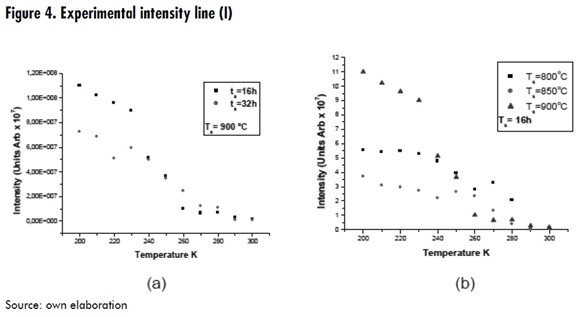
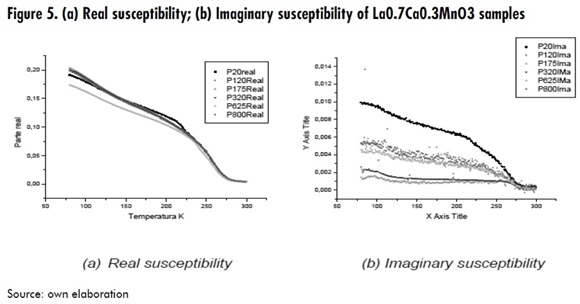
.png)




.jpg)





